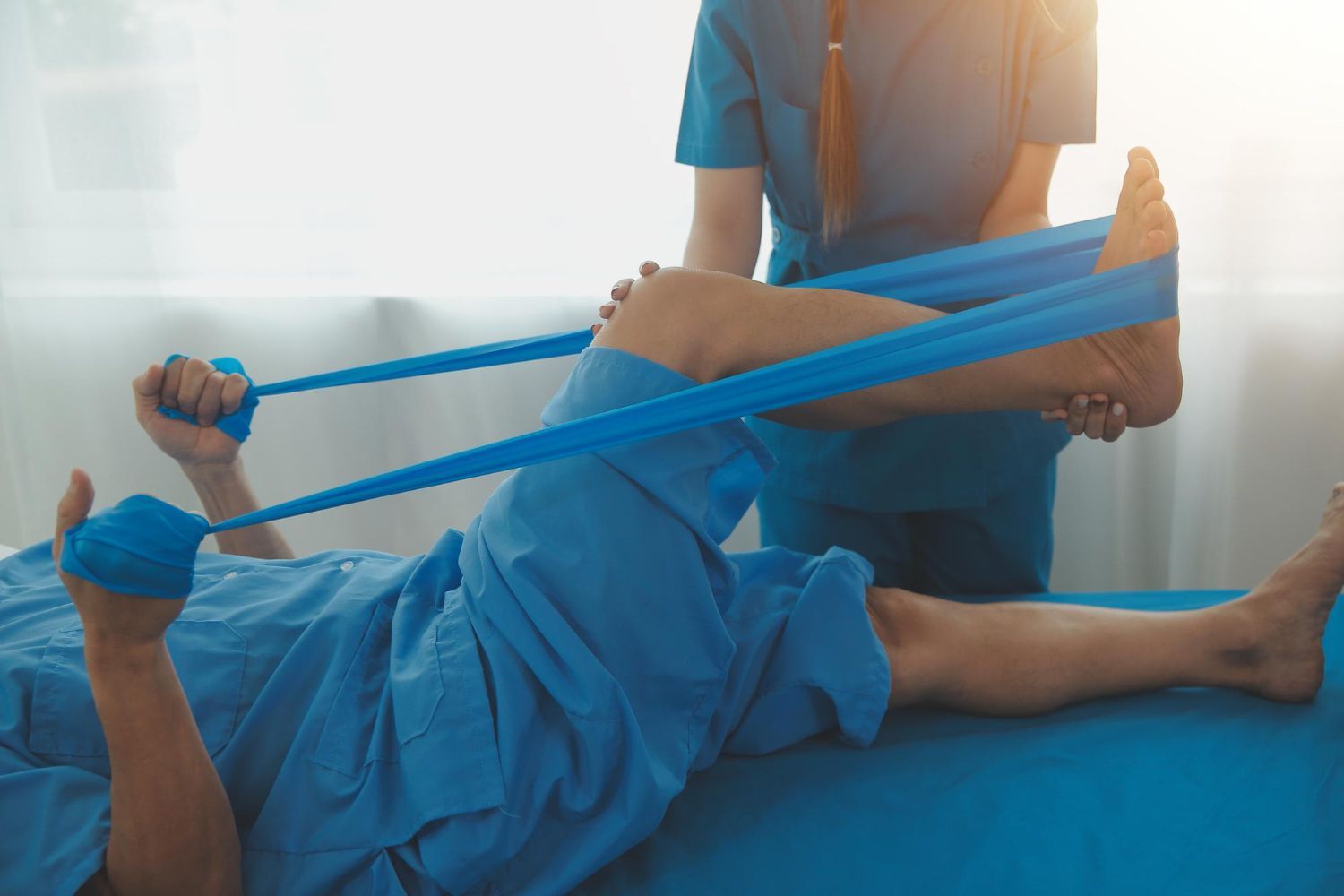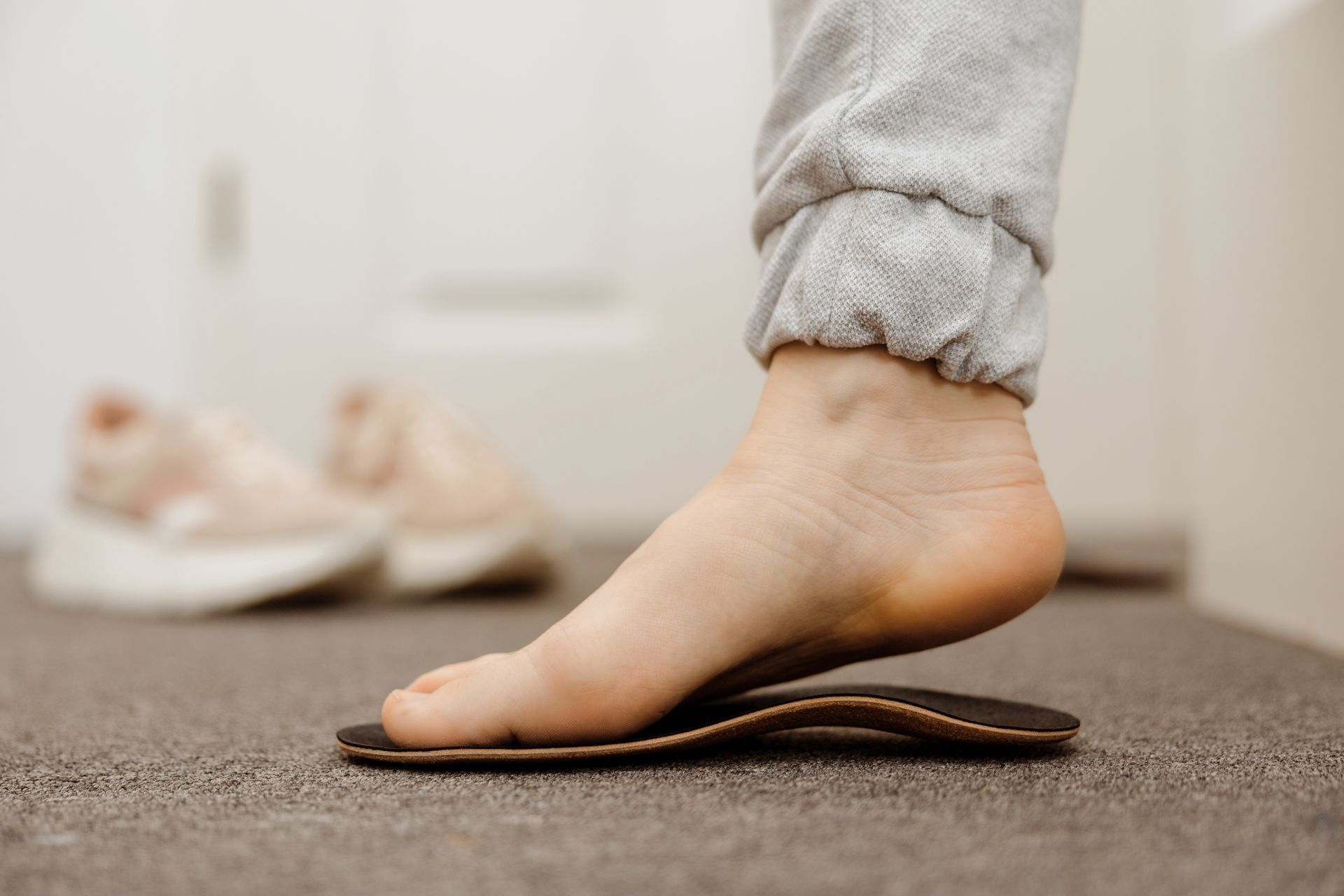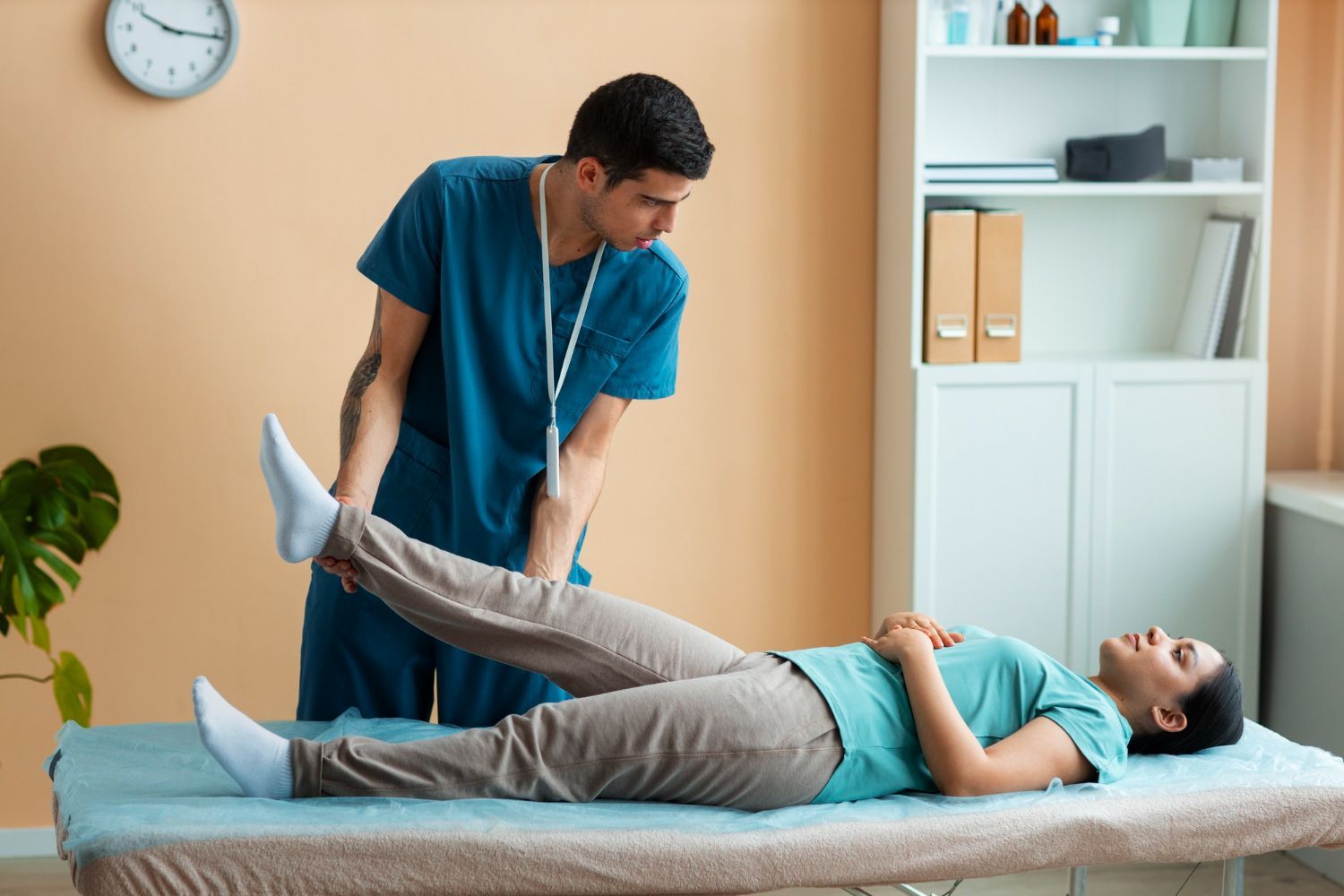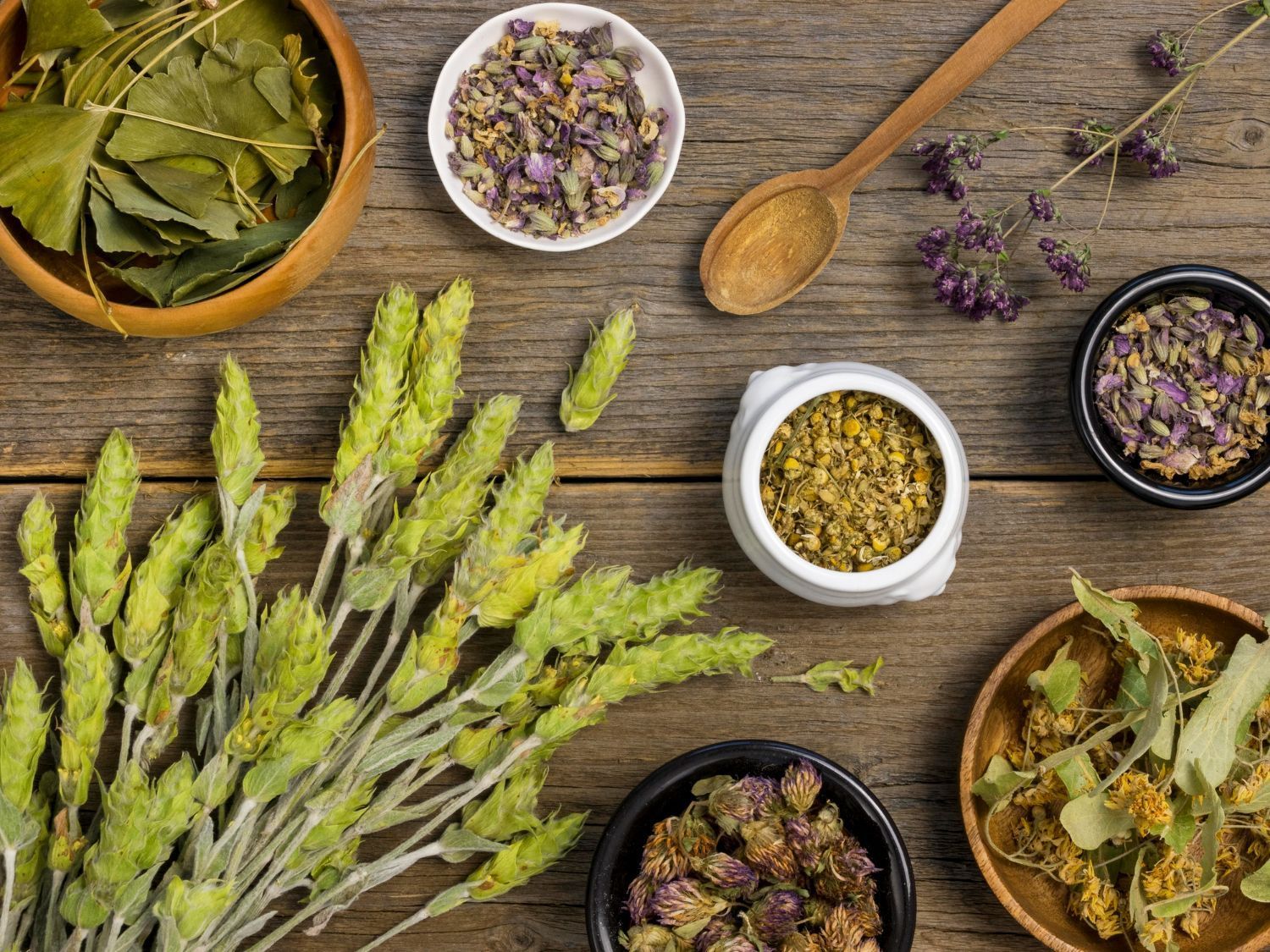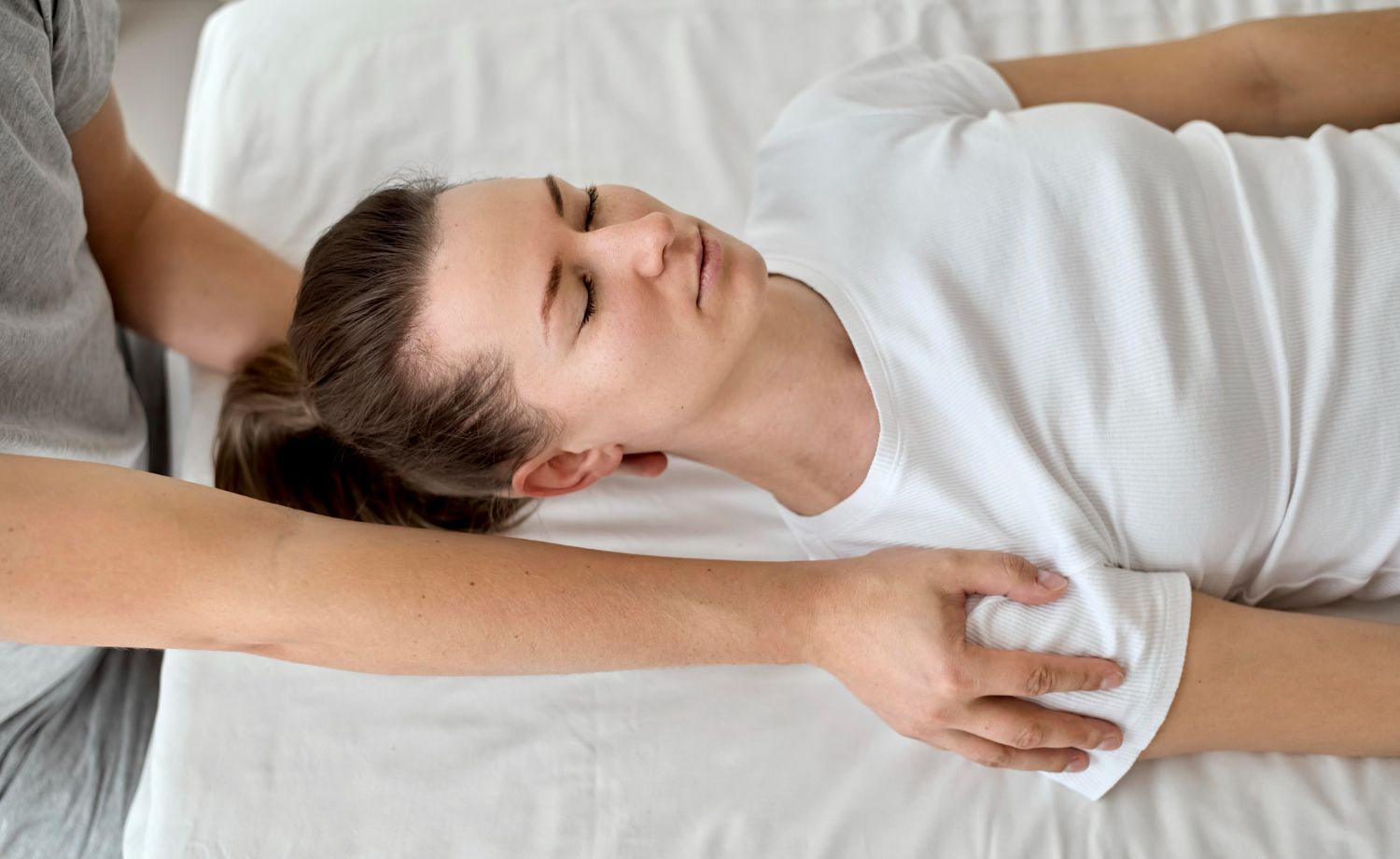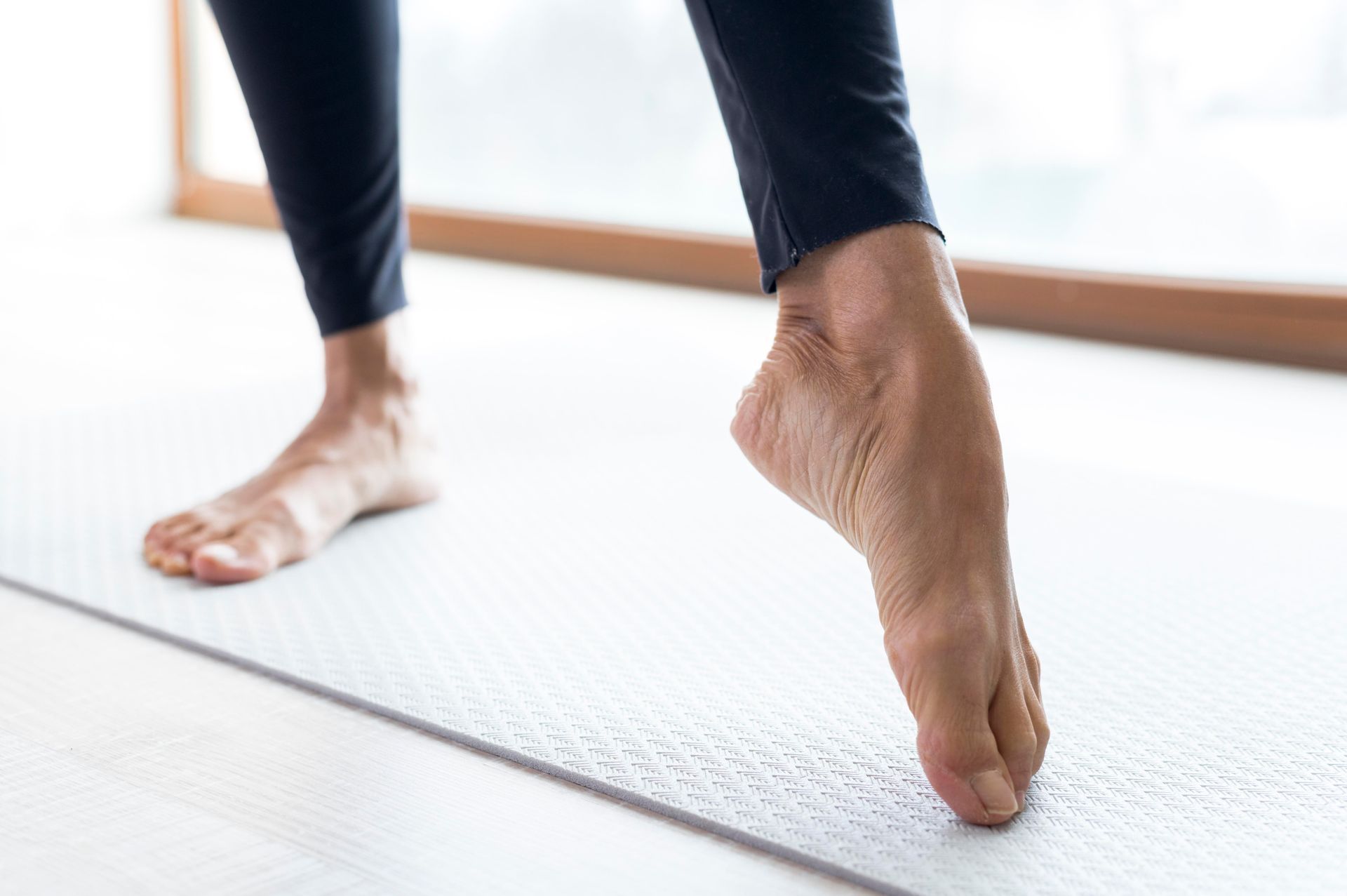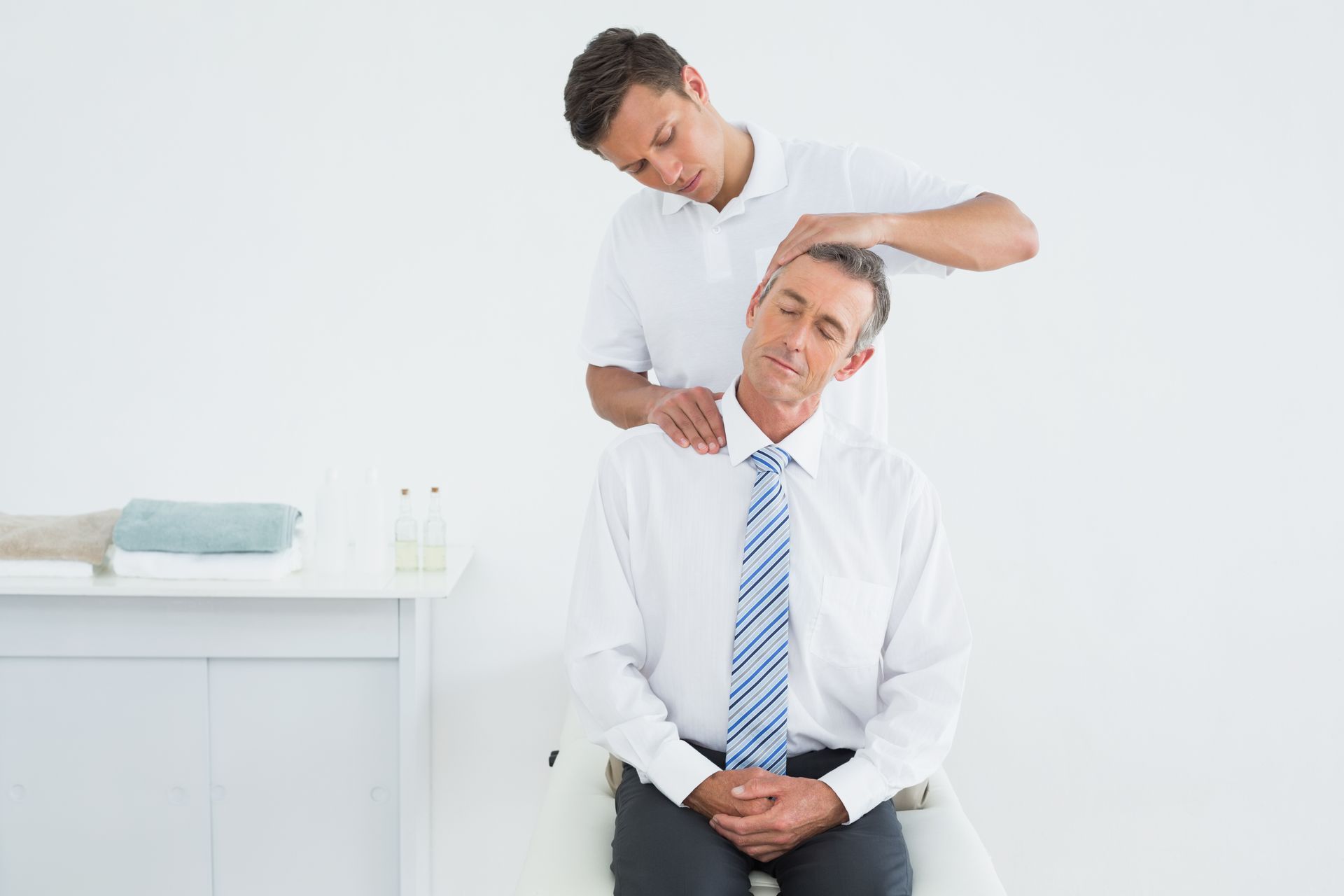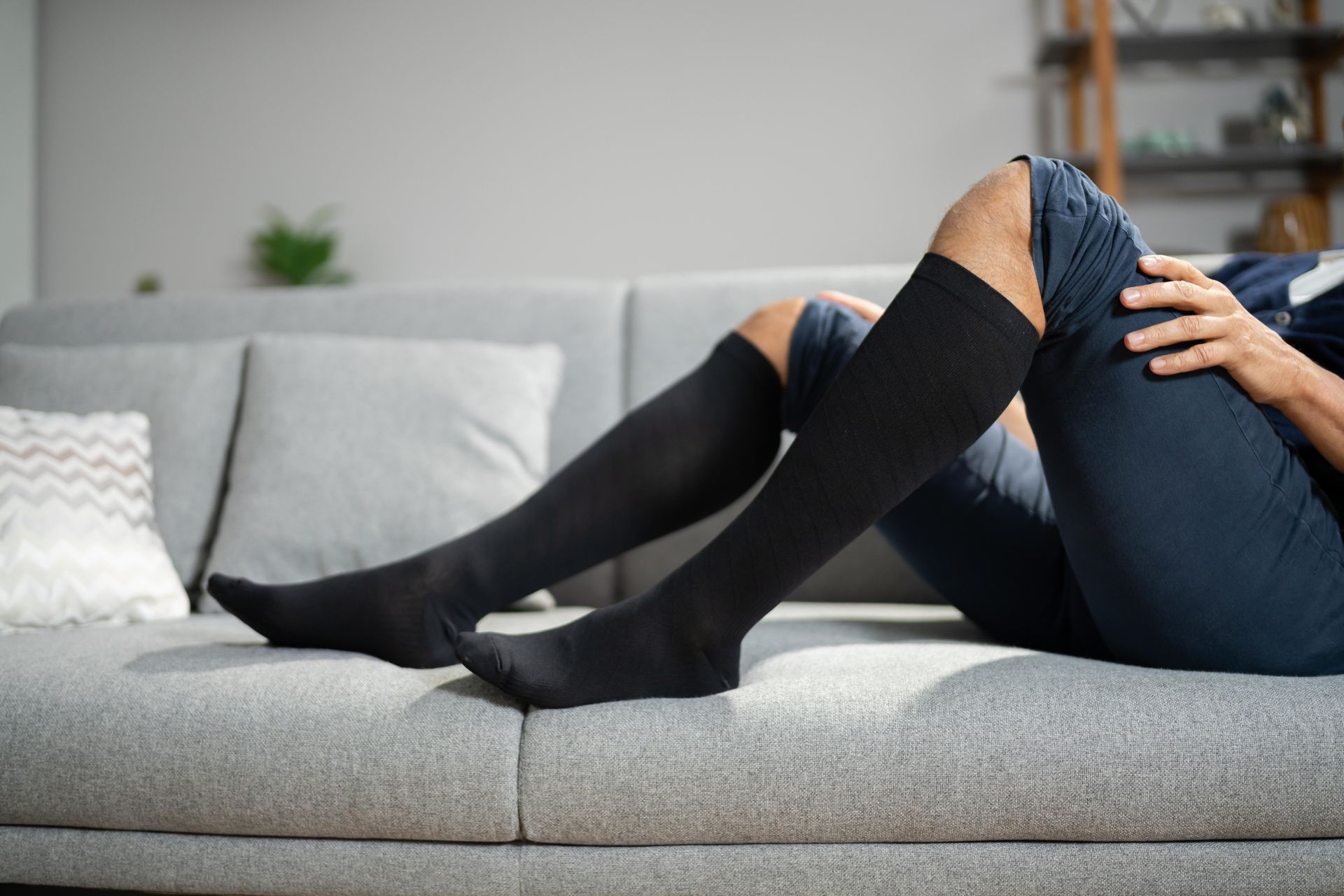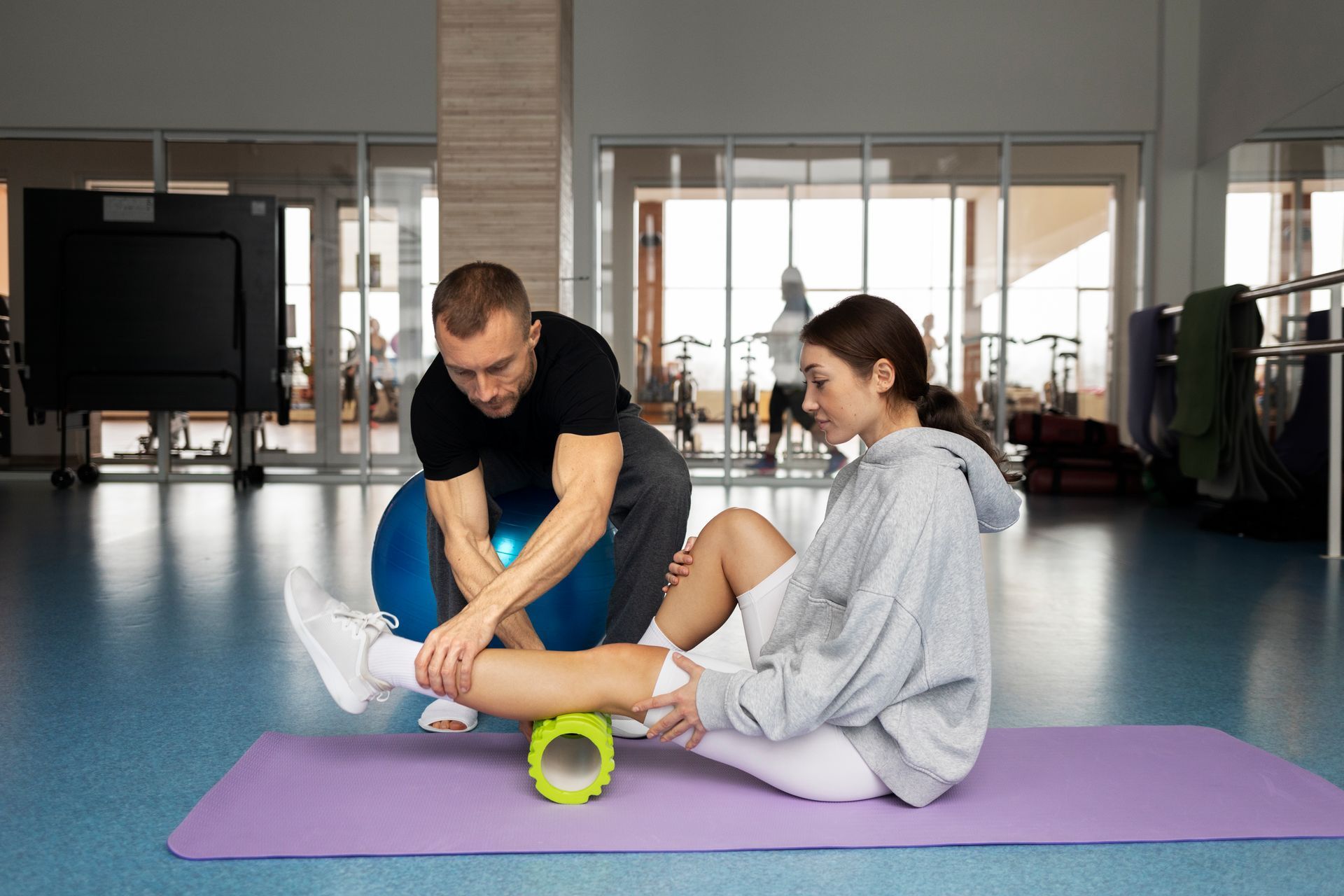Spotting Corns on Your Feet: Early Signs
April 17, 2019
Some injuries and conditions might look small on the surface but can actually cause a lot of discomfort or pain. One such condition is developing calluses and corns on the feet. These are layers of thick, hardened, dead skin cells that form due to repeated friction and pressure.
The top layer of the skin, known as the
stratum corneum
, thickens and leads to a gradual build-up of scar tissue that results in the formation of corns on the foot.
Some facts about corns on the foot:
From the above, it can be deduced that the early symptoms of corn on foot are:
Here are some preventions, cures, and home remedies for corns on the foot:
Medical treatment
If the situation escalates—for instance, if you cut the corn and it bleeds or if the corn discharges fluids or pus—it means that infection is a possibility and immediate medical attention is required. If you also have diabetes, heart disease, or circulatory problems along with the corn, the risk of infection is high. Then, it is time to consult a doctor.
The doctor will take a sample of skin from the affected area to confirm whether it is a corn or a callus. Infected corns are treated using antibiotics while a small incision is required to drain out the pus. Sometimes, foot corn removal is done through surgery, but go through with the process only if the doctor recommends it. A podiatrist or orthopedist may even recommend surgery or orthopedic devices if they believe that the corn on your foot is caused by abnormal foot structure, deformities, or gait.
If you’re in Toronto, Canada, you can find the best services for corn treatment at Don Valley Health and Wellness Centre. Book an appointment here .
The post Spotting Corns on Your Feet: Early Signs appeared first on Don Valley Health & Wellness – Physiotherapy Rehabilitation & Sports Centre .

